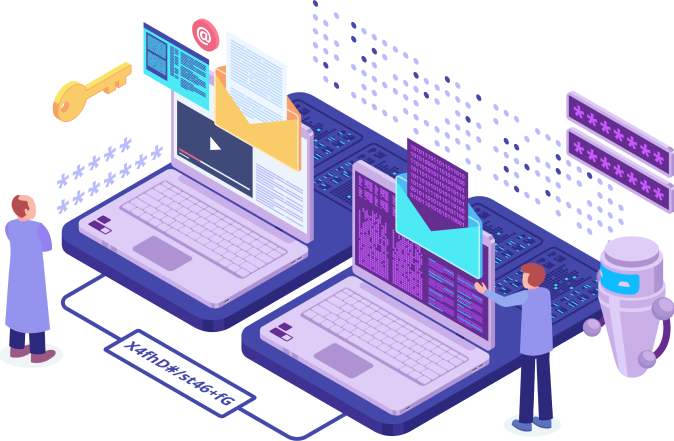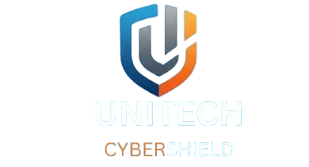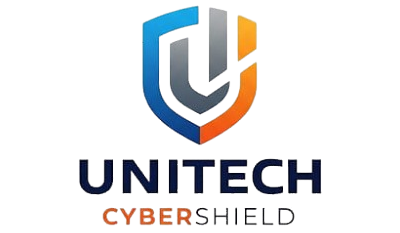Enterprise Applications Managed Services
Optimizing Performance, Security & Support
Enterprise Applications Managed Services
Enterprise Applications Managed Services provide end-to-end management, optimization, and support for mission-critical business applications, ensuring high availability, security, and performance. Organizations leverage these services to reduce operational burdens, enhance user experience, and maximize ROI on enterprise software investments.

Why Choose Enterprise Applications Managed Services?









Want to experience our features?Get a free 7-days trial.
Our Essential Plan is designed for small to mid-sized businesses that need strong, reliable cybersecurity without enterprise-level complexity or cost. This plan includes:
our office
- 10 Barr st, Regina,Sk,Canada
- 306-351-4284
- info@unitechcybershield.com
Copyright © 2025 unitechcybershield
Terms and Conditions | Privacy Policy

